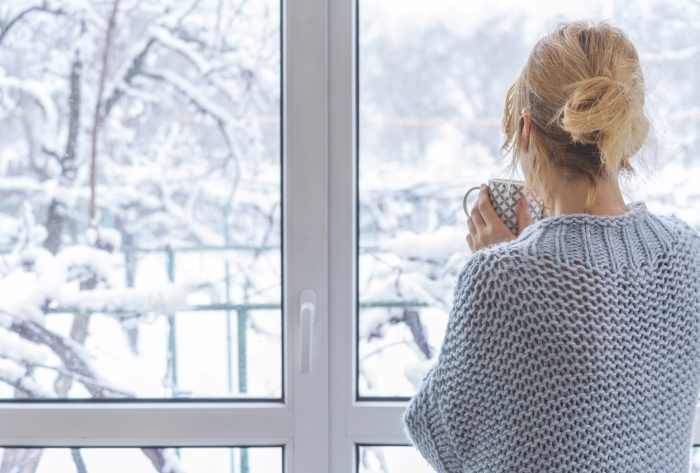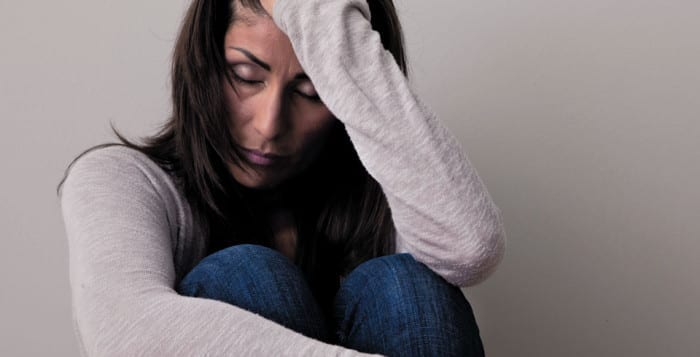Upon waking up in the morning, the first thing most of us do is open the weather app, reservedly hopeful. It feels as if winter should be over as we enter March, but as the weather for the day appears on our screens or televisions, we are greeted with a little cloud icon. Again.
Despite lengthening daylight hours and sporadic days of sunshine, Long Island enters March under cold and cloudy conditions. The low temperatures keep many inside clutching a hot beverage. In the summer, there would still be plenty of daylight hours to still take advantage of: a comparison that we can’t help but indulge in.
There are some days where our only outdoor time involves walking from the car to the front door; this lack of exposure to the sun as well the inability to pursue hobbies such as hiking, playing sports, swimming or gardening can cause seasonal depression, or seasonal affective disorder (SAD).
SAD is characterized by oversleeping, overeating and social withdrawal in addition to decreased energy, loss of pleasure in hobbies and difficulty concentrating or making decisions, to name a few.
While many don’t experience the impacts of the season drastically enough to have a SAD diagnosis, the lack of time outdoors and under the sun undoubtedly has an effect on our behavior and outlook.
On a chemical level, researchers theorize that vitamin D, which we produce when we are exposed to sun, plays a role in the production of serotonin, otherwise known as the “happy chemical.” According to the National Institute of Mental Heath, the lower levels of vitamin D are common in people who suffer from SAD.
Furthermore, fewer daylight hours can cause the body to begin producing melatonin earlier, leading to oversleeping.
The uncomfortable weather understandably keeps us indoors, away from our hobbies, leaving us feeling unfulfilled. The days seem to pass faster without activities to break up the monotony of being indoors.
Luckily, we can take vitamin D supplements to compensate for our lack of sunlight exposure. While this can abate the chemical impacts, it is important to pay attention to how the season changes our lifestyle choices and to try to mitigate that or supplement it with something else.
Perhaps, instead of gardening outside, we decide to devote ourselves to a collection of houseplants. We can invest in some hand-warmers and warm weather clothing to continue hiking and walking without becoming uncomfortably cold. Or, we can take up a new engaging hobby like painting, knitting, or rock-climbing. Moving our body in some capacity is also important to make sure we stay in shape and boost our endorphins, which can decrease symptoms of depression, stabilize our mood, and help us manage stress.
As we enter the home-stretch of cold-weather, we should check in with our personal and physical needs.






